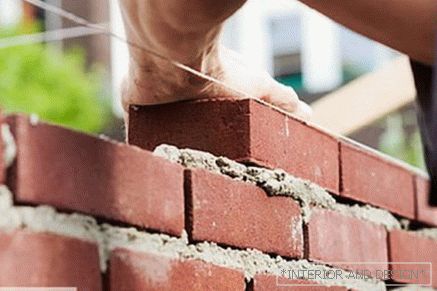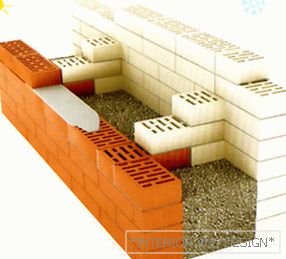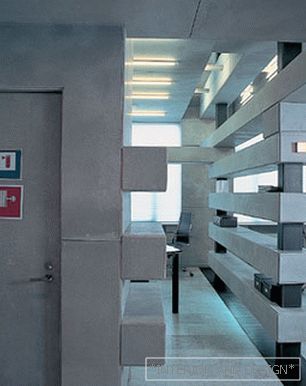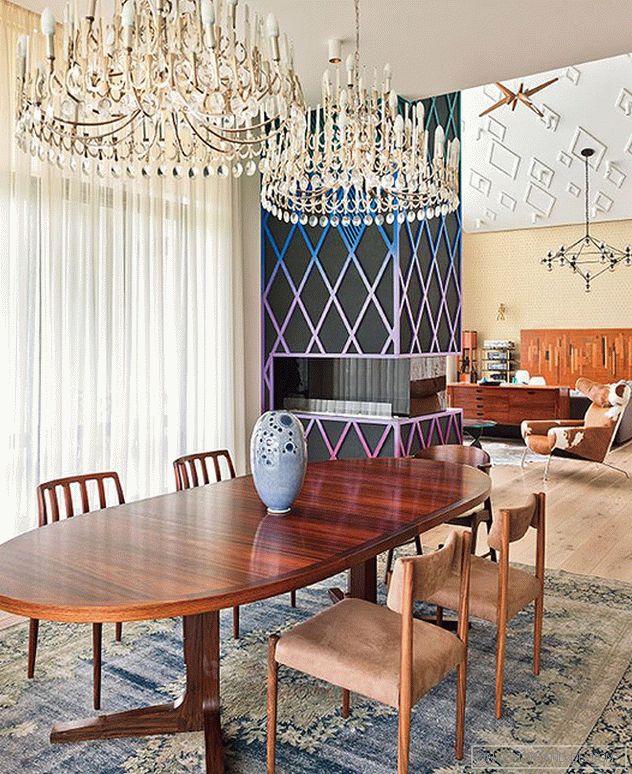To build a reliable and warm home you need good building materials. Building a house with your own hands out of bricks is probably one of the most common and almost win-win options to acquire housing.
Brick house - the best solution, regardless of the climatic conditions of residence. After all, it has long been known that brick is one of the most durable and durable materials. As a building material, it is considered one of the oldest in the world, because it was used even by the Egyptians 7,000 years ago. Another advantage of the construction of such houses is the relative cheapness of the brick itself, and sufficient simplicity of construction relative to the construction site.
||Construction of a brick house--> Construction of a brick house
Construction of a brick house
Thinking about building a house, you need to find out for yourself a few defining moments. Of course, the first question that arises is how much it costs to build a brick house. Based on the financial situation, it will be possible to determine from which brick it is better to build a house (from white, red, clicker, or even shell rock). In addition, thinking through the planning of rooms, the placement of bathrooms - all this is of paramount importance, but one of the most important questions is in what periods of the year the house will serve its owners.
House and Seasons
To build a summer house where you will spend your holidays, you can save a lot and build a house with a wall thickness of half a brick. At the same time, it will fulfill its function in providing safe shelter, as well as satisfy your desire to escape from the city noise.
For a periodic visit to the house not only in the summer or living there for some time in the winter, building a house is already necessary with a wall thickness of not less than brick (25 centimeters or more). For maximum comfort in the winter cold, you will need to carefully consider the heating system, build a stove or fireplace.
The decision to live in the house year-round brings its own changes to the construction of walls. But do not think that even greater thickening of the walls will serve as a reliable protection against cold weather during severe frosts. In this case, the wall thickness of 25 centimeters is quite suitable. A further increase in the thickness of the walls can only lead to unnecessary financial costs, and there will not be much confusion.
Techniques and techniques for insulating walls inside and outside
To solve the problem of wall insulation can be other proven methods and techniques. After all, an increase in the thickness of the walls leads not only to unreasonable financial costs, but also to an increase in the additional load on the foundation.
Consider some of the techniques that will greatly help in wall insulation and will create coziness and comfort in your home. Here are just some of them:
The “well” brick laying is the most popular and proven over the years construction of walls, in which the function of insulation will be performed at 100%.
Its essence lies in the fact that directly between the outer and inner rows of bricks specifically leave the cavity, which are subsequently filled with various types of insulation. Such heaters can serve as expanded clay, a special cement solution with some addition of sawdust, as well as such material as slag.
Technology of brick masonry walls:
 1. laying out the outer and inner row (versts) of bricks at a distance of 5-10 cm from each other. The ligation of the bricks between these versts (outer and inner) should be done no earlier than 5 rows, it depends on how many floors there are construction;
1. laying out the outer and inner row (versts) of bricks at a distance of 5-10 cm from each other. The ligation of the bricks between these versts (outer and inner) should be done no earlier than 5 rows, it depends on how many floors there are construction;
2. those places where installation of windows and doors is planned are laid with solid brickwork with dressing of all subsequent seams;
3. The space between the outer and inner rows of bricks is filled with insulating material. These can be both the materials described above and others, such as polystyrene foam or polystyrene foam.
Using the method of well-made brickwork with insulation, it can be said with confidence that the house will reliably retain heat, while the consumption of bricks will be much less.
Another common method of wall insulation can be artificially created internal niches with a size of 6-9 centimeters. In this way, niches can be either not completely filled with insulation, or they can be filled by carefully tamping the insulation material.
The least common way to preserve heat in a brick house is considered an option in which the thickness of the masonry joints should be significantly increased. At the same time warm plaster and warm mortar should be used.
Siding - aesthetically and comfortably
Recently, in addition to the above-mentioned methods of wall insulation, more and more common in the decoration of both internal and external walls are using siding, but with the addition of the same insulation. He gained such popularity also because, apart from the function of insulation, he also solves the problem of the appearance of the walls, renewing them and making them a bit more attractive than ordinary bricks.
For interior decoration can be used as a veneer wood. This environmentally friendly material will make your home more comfortable and cozy for living.



